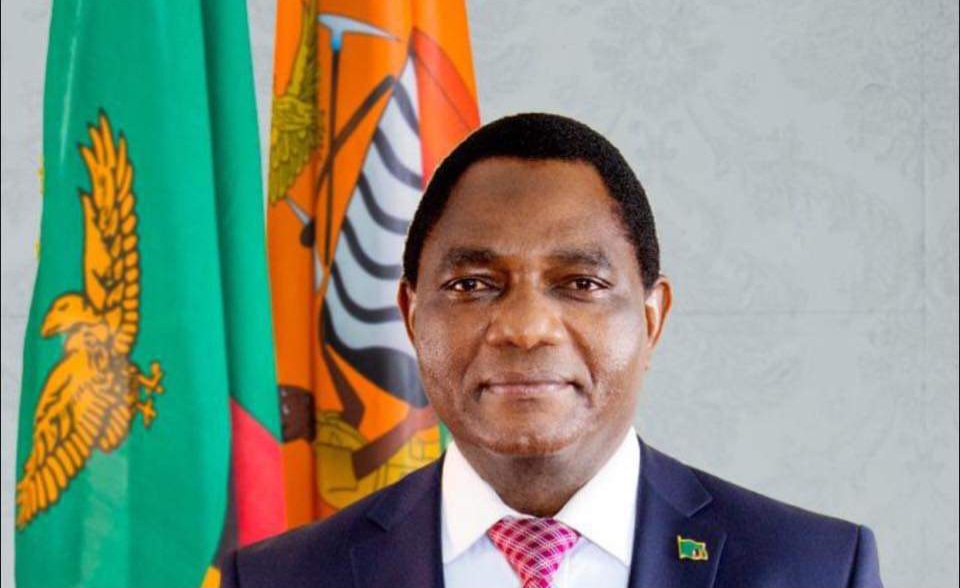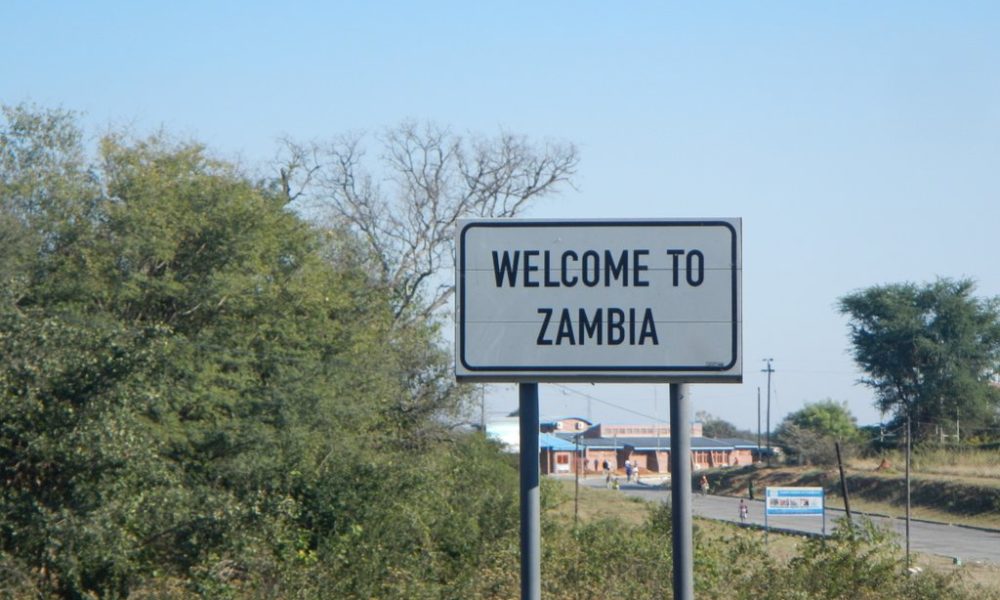By Chanda Chisala
(Republished from Lusaka Times at LusakaTimes.com)
Many Zambian intellectuals seem to be lost about the direction Zambia should be taking in economic policy, especially after our disillusion with the policy regime under the tutelage of the IMF. Before Zambia moved to the privatisation and liberalisation policies of the MMD government, we had experimented for decades with socialist policies under Kenneth Kaunda. There is no doubt in any rational person’s mind that these policies ended up in disastrous failure, which is why the people of Zambia overwhelmingly elected to remove Kaunda from office.
The new policies instituted by the MMD government were associated more with capitalism than socialism because they emphasized private-run businesses and a free market, as opposed to the government controlling prices of commodities. Whereas Kaunda’s policies had led to a critical shortage of essential goods, the MMD policies brought many more goods through the new privately owned shops. Other services that we now take for granted (like public transportation) improved tremendously, compared to the dark and depressing state of things under Kaunda.
However, there was still a lot of poverty in the nation and the MMD promise of prosperity did not really materialise. Many people remained jobless despite all these malls being built everywhere, and the salaries of those in employment remained low and stagnant.This is what has led to some people questioning whether we made a mistake by abandoning socialism.Others are wondering whether we went too far in the capitalist direction.
The truth is that we actually did not go far enough. That’s the real reason the policies did not truly work.People who say Zambia went too far in the capitalist direction have not looked at the data. Zambia is not ever listed among the list of the most capitalist countries in Africa, no matter which metric you use. It is countries like Rwanda, Botswana, Mauritius etc that constantly appear among the most capitalist nations in Africa, and these are also the countries that have experienced the highest improvements to quality of life.
The biggest mistake that Zambia made was to keep the taxes high for local businesses. If you have very high taxes, you cannot expect businesses to succeed in your environment, especially when you already have a small economy. The MMD government was quick to offer tax incentives to foreign investors, but they made the tax regime worse for local entrepreneurs, while also introducing too many regulations that made starting or operating a business difficult. That’s the opposite of having too much capitalism.It took many years for someone in the MMD to see this missing part of the formula. When Mr. Michael Sata left the MMD due to a leadership wrangle and formed his own party, he needed to articulate to the Zambian voters what he would do differently from his own party. This is when he realised that his party had made the mistake of keeping their taxes high for local businesses and workers.
Low taxes would have not only made these local businesses expand and hire more people, they would have also made prices of commodities more affordable, thus leaving “more money in the pockets” of Zambians. The promise was to make Zambia one of the lowest tax countries in the world.
Unfortunately, Mr. Sata and his loyal successor, Edgar Lungu, failed to cut the high Zambian taxes because they refused to cut their heavy spending: you can’t make taxes small while making your budget bigger. On top of this, the Patriotic Front government also borrowed a lot of money, which could only be paid back with more taxes, and thus the promise of jobs and prosperity for Zambians remained elusive.As a result, the Patriotic Front was booted out of power in 2021 by the jobless youth and they voted in another politician who was also promising to bring jobs through lowered taxation.
Surprisingly, president Hakainde Hichilema also failed to kill these exorbitantly high taxes because he kept government spending high (he even reintroduced more expensive things like free education and expanded other “social” expenditures, while also continuing the unsustainable borrowing habit of his predecessors). The excessive spending has continued so much that the minister of finance even asks for extra (supplementary) budget expansions within the same year, which is leading him to look for even more taxes to squeeze out of the already over-taxed productive sector.
It is this failure by successive governments to lower taxes that has made capitalism look like it has failed.This has led to the ascendance of populist intellectuals who are promising to return Zambia all the way back to Kaunda’s socialist ways. The Socialist Party of Fred M’membe, for example, has decided to ignore all the economic lessons of history by openly proclaiming that they will abandon capitalism and return the country to socialism. Unfortunately, most of the voting age citizens of Zambia are too young to remember how painful socialism was in Zambia, and some of them are blindly following those who are promising them this unrealistic utopia that destroyed every single African or European or Asian nation that tried it!
The only smart way forward is not to return to socialism, but to figure out a way of completing the capitalist project by making business easier for local entrepreneurs through policies that will radically reduce taxes, eliminate excessive regulations, and increase access to cheap capital. But that requires a very disciplined government that can resist the temptation of spending money on things that they just can’t afford.
The author is the Founder of Zambia Online and Khama Institute. He is formerly a John S, Knight Fellow at Stanford University and Visiting Scholar to the Hoover Institution, a policy think tank at Stanford. You can follow him on X at @chandachisala.





